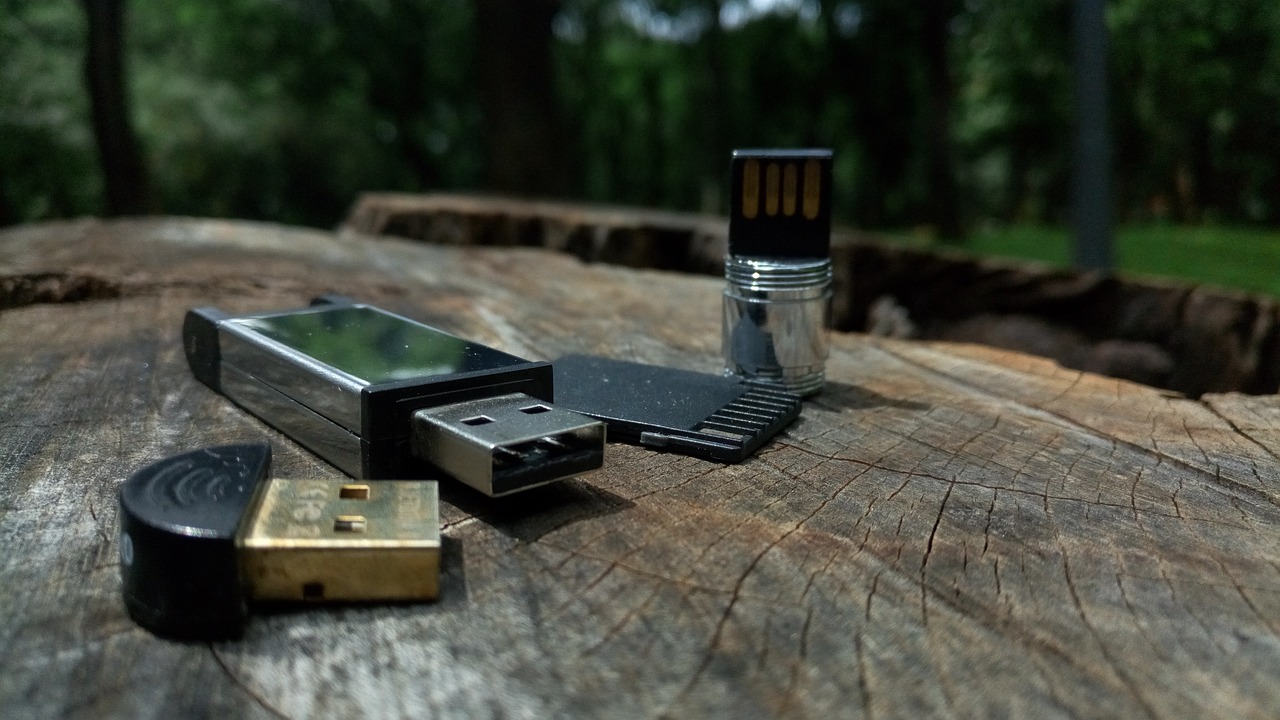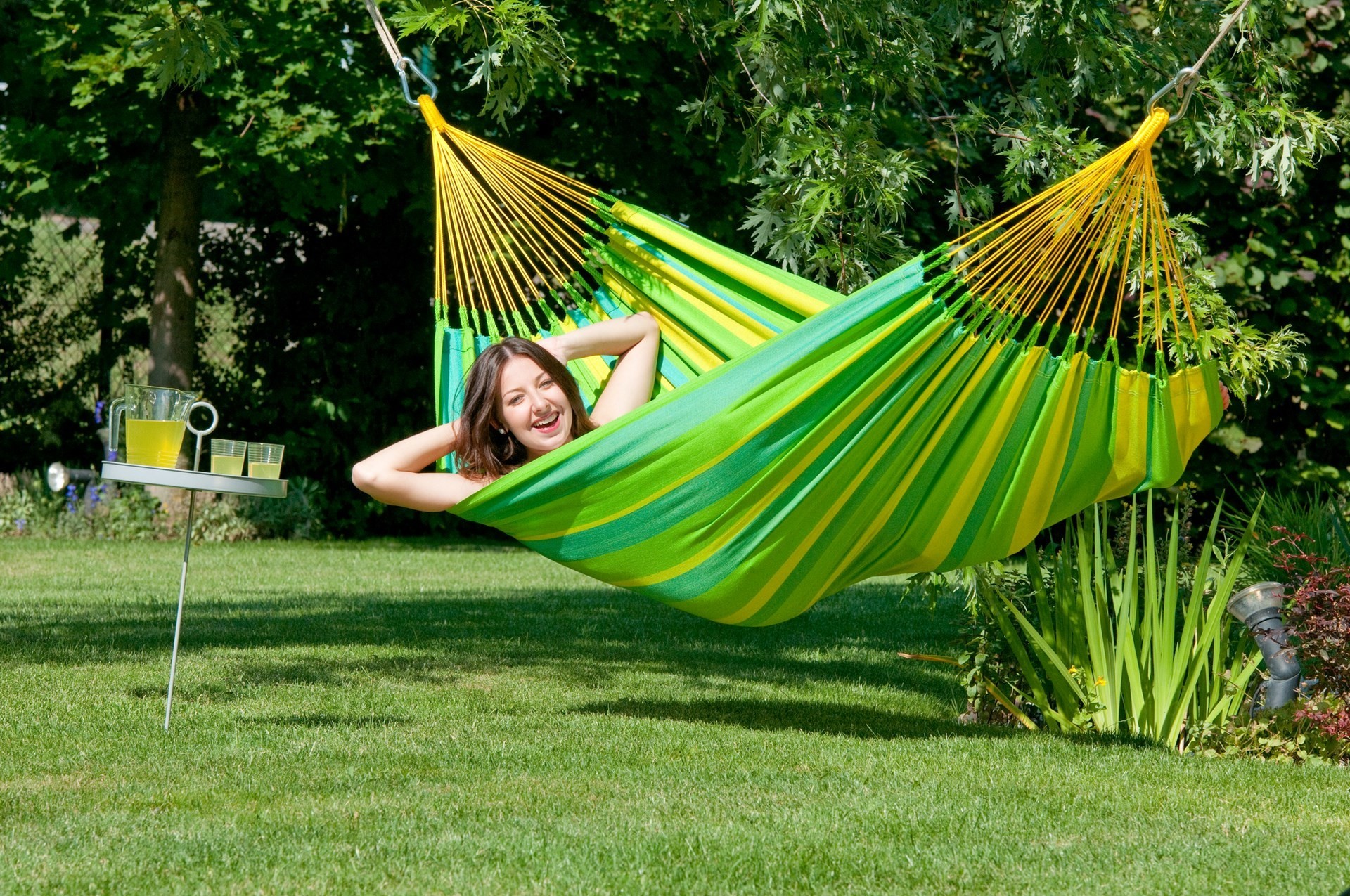Rating of the best electrical outlets for home and apartment for 2022

Electrical outlets are devices that connect electrical appliances to the network. From a constructive point of view, they simply have to be comfortable and reliable. The electrical safety of any room will directly depend on the correct selection of the outlet and its competent installation.
Content
- 1 Parameters and design of sockets
- 2 Types of wiring connected to electrical outlets
- 3 Degree of protection housing for electrical sockets
- 4 The main technical properties of sockets
- 5 Screw and screwless connections
- 6 Modern types of connectors
- 7 Types of electrical outlets
- 8 Decorative and design solutions for electrical outlets
- 9 Selection of an electrical outlet according to its characteristics
- 10 Rating of the best electrical outlets for home and apartment for 2022
Parameters and design of sockets
The design of the socket consists of a block equipped with contacts, a socket and a cover with screws. The block includes contacts (phase and zero, plus ground), terminals to which wires are connected, as well as mounting feet. When selecting a socket product, one should take into account its parameters such as voltage, degree of protection and current flow. The nominal current level is considered to be at which the device is able to work for a long period of time. As a standard, the products in question are rated for 16 Amps. The same is true with tension. The rated voltage is its level at which the electrical outlet is able to function normally (for domestic conditions, this figure is 220 volts). All of this information is usually placed on the case, and you can calculate the rated power by multiplying the voltage by the rated current.

Types of wiring connected to electrical outlets
Electrical wiring is divided into the following types according to the laying method:
- Hidden - with this method, the cable is embedded in the wall. It is the most preferred and safest option, however, it is not available in all cases.
- Open - the wire runs directly over the wall;
It is convenient to connect concealed wiring to internal switches and sockets, because in this case most of the wiring equipment is located inside the wall, and only a functional and aesthetically acceptable external case is installed in plain sight.
When laying wiring in an open way, you will need external switches and electrical outlets. They will visually stand out on the surface of the wall, however, they can still be disguised as an interior. Nevertheless, the location of the wiring and switches-sockets will have to be determined more carefully, because. these protruding elements on the wall can be inadvertently touched and damaged by a person.
Degree of protection housing for electrical sockets
Like any element of electrical equipment, the products in question are sources of increased danger. Contact with moisture is absolutely unacceptable for them and can lead to fire hazard manifestations of electric current. At present, models of socket products have already been developed that have a certain protection against moisture ingress, and which can be placed in bathrooms, kitchens, bathrooms and pools. Their special housing avoids contact of moisture with conductive elements.
Any socket equipment has its own degree of protection against water and the ingress of small fragments of objects into the housing. This information is marked with the letters "IP" and is indicated by two numbers.
The first digit indicates the protection of the electrical outlet from foreign fragments:
- 0 - protection is not provided;
- 1 - protects against fragments larger than 50 millimeters;
- 2 - protects against fragments larger than 12 millimeters;
- 3 - protects against fragments larger than 2.5 millimeters;
- 4 - protects against fragments larger than 1 mm;
- 5 - protects against very small fragments, including dust;
- 6 - complete security and impenetrability.
The second digit indicates the protection against the ingress of water:
- 0 - protection is not provided;
- 1 - protects against drops falling from above;
- 2 - protects against drops falling from above and at a 15-degree angle;
- 3 - protects against splashes falling at a 60-degree angle, incl. from heavy rain;
- 4 - protects against splashes with different angles of incidence;
- 5 - protects from a water jet;
- 6 - protects against a water jet with a powerful pressure;
- 7 - protection when lowering into water for a short time;
- 8 - protection when lowering into water for a long period.
The socket should be selected depending on the environmental conditions in which its future operation is expected. For example, the IP20 standard is suitable for residential premises, the IP44 standard is suitable for bathrooms (IP45 would still be preferable), and the outdoor version must necessarily have IP65 protection.
The main technical properties of sockets
In general, the installation of sockets, like any electrical equipment, must be carried out by a person who has the appropriate electrical safety approval. However, in practice, few people follow this rule due to the fact that the installation process is quite simple. Nevertheless, it will not be superfluous to know the main technical characteristics of the product in question.
grounding
Socket fixtures are equipped with grounding or may be without it.The selection will depend on whether there is a conductor for grounding in the wiring of the room to be equipped:
- A product without grounding, as a rule, is marked with the letters "2K", where "K" denotes a contact, and a digital code indicates their number. Such devices are used when grounding is not necessary or it is optional.
- A product without grounding marked "2K + 3" visually differs only in the presence of a pair of metal strips inside the socket between the contacts. This option is installed in houses where a three-wire network is laid.
It should be noted that wires with a lack of grounding are practically never found in our time; they remained, perhaps, in old buildings.
Rated technical parameters
Network frequency, strength and type of current, voltage are the most important parameters of socket equipment. In domestic networks, an alternating voltage of 220 Volts is used at a frequency of 50 Hertz; abroad, these parameters are completely different. It is preferable to select the rated current depending on the expected load on the installed product. For Russian conditions, it is better to choose a socket with a 250-volt voltage with a rated current of 10 Amperes, and for connecting powerful electrical appliances (for example, an electric stove or a washing machine) - 16 Amperes.
IMPORTANT! Professionals advise when choosing to apply the following formula: 4 amperes for every 0.88 kilowatts.
When choosing an electrical outlet and calculating their total number for placement, it is necessary to take into account the total number of kilowatts allocated for the equipped room. If powerful electrical equipment is connected to all existing electrical outlets, the cable may overheat, which will increase the risk of fire.Therefore, electrical professionals prefer to calculate the power for the mains in advance, before installing new equipment.
Screw and screwless connections
Special screws are used to fix the electric core in the sockets. They twist into a plate that presses the contact. When, over time, the contact loosens, the screw may be delicately tightened.
There are also sockets with quick clamping contacts, they are not equipped with screws. Instead of the classic clamp, fasteners in them are made through a special hole that can expand / narrow at the touch of a button. Manufacturers of such models claim that they do not require periodic maintenance, and the mechanism itself is able to properly clamp the contact. However, practice does not always confirm this statement, so it is better to restore contact and check it as often as possible and manually.
At the same time, electricians advise using electrical products where plug connectors have springs - with their help, you can more securely fix the plug. If you plan to connect a socket loop (i.e. several electrical outlets), then you need an additional contact pair, which will make the installation process easier, while increasing the security of the connection.
Modern types of connectors
Most countries in the world use their own variations of socket connectors. From this it is clear that plugs in electrical equipment will also need a certain shape, i.e. for each state. Due to the fact that there are quite a lot of these variations, it makes no sense to list them completely, however, it is worth noting that in the post-Soviet space, for the most part, connectors of the “F” type (with grounding) and “C” (without grounding) are used.
Types of electrical outlets
In the understanding of the average layman, a socket is just a device with holes into which you need to connect an electrical appliance. You can stop using the appliance by simply removing the plug from the socket. Indeed, this is the main function of the product. But in today's world, more modern devices are becoming more widespread, the functionality of which is much expanded.
The most popular types of sockets:
- With a lid - it will be indispensable where there is an increased risk of moisture or dust getting into the device. Usually they are mounted on the streets, in bathrooms or pools. While the inlets are covered with a cover, the device is protected from external negative impact.
- With a curtain - the best model for a children's room in an apartment (for children's institutions). The design provides for special enclosing parts that do not allow inserting a foreign thin object into the socket openings that can cause electric shock to a person. The shutters will only open when the plug is inserted.
- With a switch - a special toggle switch is placed on the case, which is responsible for supplying / stopping the power supply to an electrical appliance connected to the network. At the same time, there is no need to plug in / remove the plug, which means extending the service life of the socket device.
- With a plug ejector - this solution will facilitate the process of removing the plug and turning off the power supply, which will also extend the life of the device itself and the cable. A special toggle switch is installed in the body of the device, by pressing which the plug is literally pushed out of the contact grooves. This solution is aimed at speeding up the removal of the plug and will be required, for example, in public kitchens, hairdressers, etc.
- With a light indicator - a small light bulb is built into the design of the device and its glow indicates the presence of electricity in the network, which allows you to better navigate in the absence of lighting in the room.
- Floor-mounted - such devices are mounted when (for some reason) it is not possible to place a socket fixture on the wall. Most often they are integrated under the countertops.
- With a timer - on such a device, using a digital timer, you can set the time for supplying / ending the supply of electricity to an electrical appliance. Can be equipped with digital/analogue display and control panel.
- With a Wi-Fi module - usually mounted in smart home systems and such a device can be controlled remotely through a special application.
- Block (or loop) - is installed in rooms where simultaneous operation of several electrical appliances is required.
- Special sockets - antennas, radio points (in old houses) or stationary telephones are connected to them.
At the same time, there are completely original sockets, which include, for example, window samples that can convert ultraviolet rays into energy. Also, devices can have a built-in wattmeter that displays the amount of energy consumed by the connected electrical appliance and devices with USB connectors.
Decorative and design solutions for electrical outlets
The color of the device is far from the most important parameter that must be considered when choosing. However, if we are talking about a design project, then it should be given some attention. As you know, the classic white color is considered universal, and it is suitable for any interiors.Things are a little more difficult with cream color - it is appropriate to use it in rooms in which there are red, brown or yellow shades. In principle, the color of the case can be changed by simply changing the color inserts, however, the paint on them may peel off over time. Self-painted electrical outlets have the same problem - on the one hand, this way you can achieve a more original visual solution, and on the other hand, such objects will need to be treated more carefully so as not to accidentally damage the applied pattern. In the modern design community, when implementing large-scale and expensive projects, the following models are in great demand:
- Chrome-plated - they are made of metal, their shapes are characterized by clear and sharp corners (not always correct), the main thing is to match the declared style of the overall interior (usually "high-tech"). Frames in chrome shade will give a special sophistication and fit perfectly into the modernist style of decoration.
- Original - the socket body can also be finished in leather, stone or wood. Such devices are suitable for classic and traditional interiors and are dominated by rounded and oval shapes. It is also possible to use frosted glass. Thus, the device will be given a certain vintage image, which can be supplemented with ceramic or porcelain switches.
Selection of an electrical outlet according to its characteristics
Most electricians agree that it is better to select sockets for specific electrical appliances, based on the technical requirements of the latter.
Voltage
This is the main parameter based on which you should choose a device. Previously, almost all electrical equipment (especially household) was designed for a current of 6 amperes and a voltage of 220-230 volts.And even if the socket fixture was used immediately to connect several electrical appliances, then fires (or melting of the cases) occurred extremely rarely. In our time, the number of household appliances used has grown dramatically, and the technical requirements of electrical appliances have changed. Therefore, socket equipment is better to choose more powerful. Recommended indicators should be calculated for a current of 10 or 16 amperes.
Number of connection points
In other cases, it may be advisable to concentrate a whole block of electrical outlets in one connection point. The number of seats included can vary from two to four (optimal). Such designs are suitable for computer equipment, and it is preferable to place them next to the desktop.
According to the installation method
The choice of a way to integrate an electrical outlet should be dictated not so much by the requirement of the interior, but rather by the type of electrical wiring:
- For a hidden type of gasket, hidden (internal) socket types are installed. In this case, the central part of the product is hidden in the wall, and only an overlay with inlets for the plug remains on top.
- For an open type of gasket, overhead models of sockets are provided. In order to create overlays with a more aesthetic visual appearance, manufacturers give their cases beautiful color shades and try to minimize their external dimensions. With this installation, the location should be carefully chosen in order to avoid unwanted touching of the housing by people.
Basic rules to follow when buying:
- You should not give preference to cheap models - they quickly wear out the plastic case.
- If there is no marking on the body indicating the level of safety or information about the manufacturer, then most likely this sample is not a certified fake.
- It is always worth checking the voltage and current ratings, which should be printed on the back of the case.
- Prior to purchase, it is necessary to check the reliability of screws and plates, internal female clamps, to identify the presence of possible damage. Contacts for grounding must be elastic, and burrs on them must be absent.
- The sockets for the plug entry must completely match the contact holes.
In the case of a disregard for the choice of socket fixture, it can become unusable in the shortest possible time during operation and this will be the least dangerous outcome. In serious cases, the wrong choice can lead to a fire in the wiring, melting of the body of both the outlet itself and the equipment connected to it, which may well provoke a full-fledged fire. All of these situations can occur if the required voltage and current are incorrectly calculated.
Rating of the best electrical outlets for home and apartment for 2022
Overhead samples
1st place: "LK Studio Standard 813801, 16A"
A good and affordable model with a grounding contact and equipped with 4 sockets. The case is made of heat-resistant plastic, which increases the overall strength of the product. Protection class - IP20 at a rated voltage of 250 Volts. Designed for open installation. The available four sockets will save on connecting a surge protector or a splitter. The model has a safety shutter. The recommended price is 330 rubles.

- Easy installation;
- The presence of protective curtains;
- Current price.
- Some massive structure.
2nd place: "Bylectrica Pralesca Aqua RA16-302(03), 16A"
Double socket model with high protective performance. The presence of a cover can protect the contacts from accidental splashes and the occurrence of fire hazard manifestations of electric current. It also provides protection against ingress of dust into the housing. It is quite suitable for integration in rooms with high humidity. The screw fastenings provided by a design allow to facilitate process of installation. Both sockets inside the case are connected by copper wiring. The recommended price is 250 rubles.

- Modern and stylish design;
- The presence of protection;
- Increased reliability;
- Possibility of outdoor installation.
- Thin inner wire.
3rd place: "IEK Octava ERO11-K01-16-DC, 16A"
A simple and functional fixture with a standard degree of protection of IP20. It has a grounding contact, is made in a high-temperature-resistant ABS plastic case, and is able to withstand mild mechanical stress. Installation is carried out in an open way with screws, which indicates the ease of installation. Small dimensions significantly save space on the wall; it can also be placed in a hard-to-reach place. Characterized by durability. The recommended price is 100 rubles.

- Budget price;
- Small dimensions and general ergonomics;
- Easy installation.
- Not detected.
Integrable (Embedded) Samples
1st place: "Legrand Valena 774370, 16A"
This double socket can be easily flush-mounted into one socket. The case has a stylish design, however, even a hidden installation will make the frame of the case protrude by 10 millimeters. The design itself is quite massive, equipped with a grounding contact. Despite the use of a single socket, this sample does not lose output power and the quality of the electrical connection. Protection class - standard (IP20), terminals are mounted on screw terminals. The recommended price is 500 rubles.

- Pair of nests;
- Reliable construction;
- Stylish design.
- May protrude slightly above the wall surface.
2nd place: "Schneider Electric Glossa GSL000143, 16A"
This sample has an adequate price, has grounding, can be integrated into a small-sized socket box, which indicates space savings. The terminals located in one row will improve ergonomics. The sample has a standard 20th degree of protection and a pleasant visual design style. The body plastic is characterized by increased heat resistance, which increases both the service life and the reliability of operation. The fixing tabs fit snugly to the body, which will make the installation process more comfortable. The caliper plate is made of rust-resistant steel. The kit comes with universal screws, which can be tightened with any screwdriver. The recommended retail price is 160 rubles.

- current cost;
- Ergonomics of the case;
- Increased reliability and durability.
- Not found.
3rd place: "UNIVersal Seville C0022, 16A"
The budget version of a built-in single-socket device that does not provide for grounding is a clear minus for protective properties. The clips included in the kit provide reliable contact for wiring with a cross section of 0.1-2.5 millimeters square. Installation is carried out according to a hidden scheme. Protection against dust and moisture - the 20th, standard. The contacts are made of brass, the body is completely plastic. The manufacturer claims 5000 on / off cycles, which is quite enough for this price segment. The recommended retail price is 70 rubles.

- Terminals are made of brass;
- Versatility of application;
- Budget price.
- Grounding is missing.
Data outlets
1st place: "Schneider Electric Glossa GSL000181K"
This device is designed to connect a telephone cable or wired Internet, mounted according to a hidden scheme. Installation is very easy with just a screwdriver. You can choose colored inserts for the body, with the help of which it is possible to adjust the device to match the design solution used in the room. Fixing the body can be done by spacers or screws. The sample itself is used to connect 5E type network cables, which are widely used to connect high-tech devices. Working conditions must comply with the 20th protection class, i.e. only for dry spaces. The case is made of durable plastic, little susceptible to ultraviolet rays and mechanical stress. The recommended price is 520 rubles.

- Robust and wear-resistant housing;
- Easy installation;
- Possibility of applying color schemes.
- Fairly high price.
2nd place: "Werkel WL08-60-11"
This socket fixture is a two-way connector used to connect a TV / computer monitor to various peripheral devices - a game console, a computer, a TV set-top box, etc. The connection is made via an HDMI cable. The main purpose of the outlet is the ability to hide a lot of hanging wires into the wall. Structural elements are made of high-quality metal, and the body is made of durable plastic. The recommended price is 1500 rubles.

- Quality manufacturing;
- Relevance of use in modern conditions;
- Ease of installation.
- High price.
Today's socket market is very extensive, so choosing a model that is suitable for functionality and price is not difficult. The main thing is not to chase cheapness and follow the principle of value for money.
new entries
Categories
Useful
Popular Articles
-

Top ranking of the best and cheapest scooters up to 50cc in 2022
Views: 131660 -

Rating of the best soundproofing materials for an apartment in 2022
Views: 127698 -

Rating of cheap analogues of expensive medicines for flu and colds for 2022
Views: 124525 -

The best men's sneakers in 2022
Views: 124042 -

The Best Complex Vitamins in 2022
Views: 121946 -

Top ranking of the best smartwatches 2022 - price-quality ratio
Views: 114984 -

The best paint for gray hair - top rating 2022
Views: 113401 -

Ranking of the best wood paints for interior work in 2022
Views: 110326 -

Rating of the best spinning reels in 2022
Views: 105335 -

Ranking of the best sex dolls for men for 2022
Views: 104374 -

Ranking of the best action cameras from China in 2022
Views: 102222 -

The most effective calcium preparations for adults and children in 2022
Views: 102016









